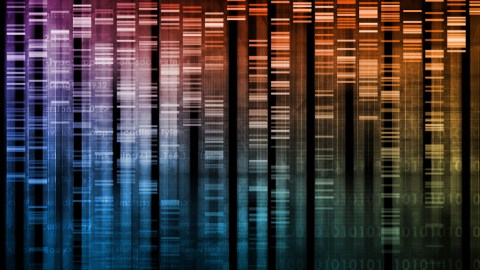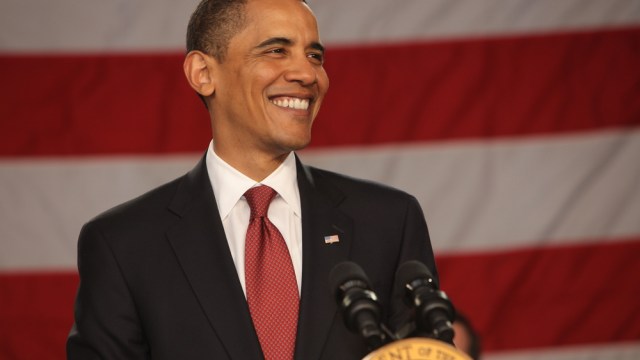The Audacity of Solving Grand Challenges

Is humanity really capable of tackling grand challenges? Just look at the example of the Human Genome Project.
The mapping of the human genome was an audacious task, explains Eric Green, director of the National Human Genome Research Institute. “It would require an industrialization, a scientific effort that was really unusual for biomedical research.” Green points out that biomedical researchers typically have laboratories of half a dozen people. “They work on profoundly difficult problems and they like to explore. They like to ask big questions,” Green says.
The Human Genome Project was very different. It had to be a very focused effort with a very defined agenda: Sequence the human genome. The story of this project is told through a current exhibition at the National Museum of Natural History at the Smithsonian called “Genome: Unlocking Life’s Code.”
In the video below, Green, who collaborated with the Smithsonian on the exhibition, describes how multiple countries and thousands of scholars proved how a “grandly large project requiring many people” could be completed if it has “a very defined goal.”
Watch the video here:
Image courtesy of Shutterstock





